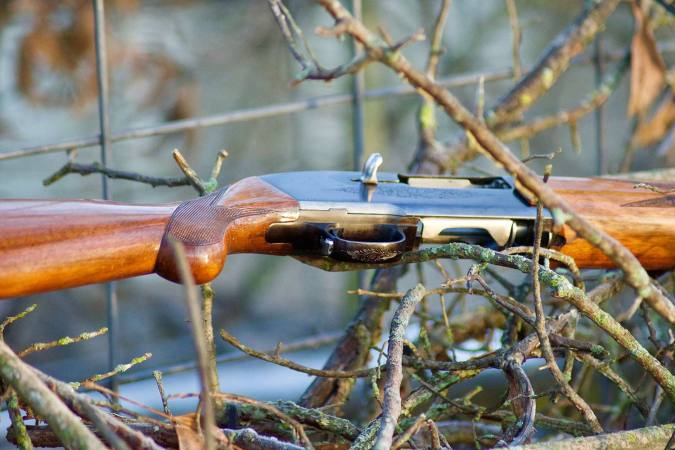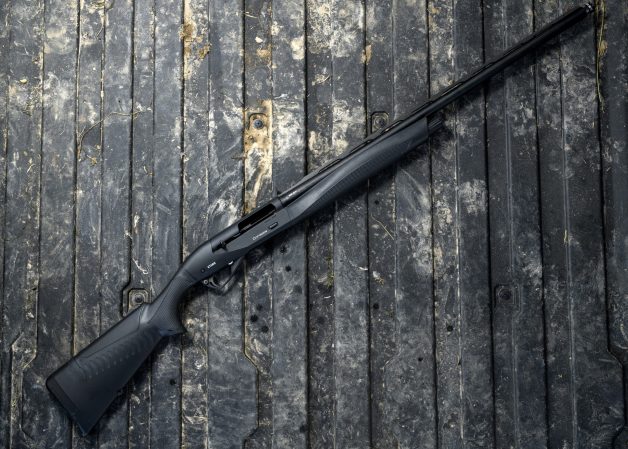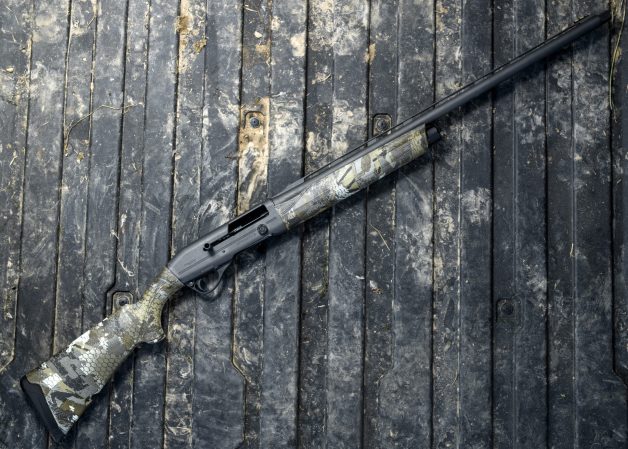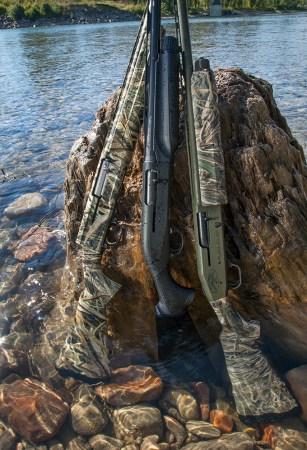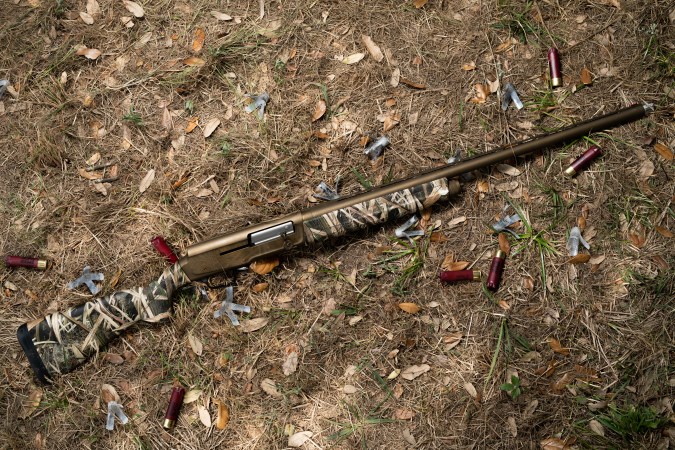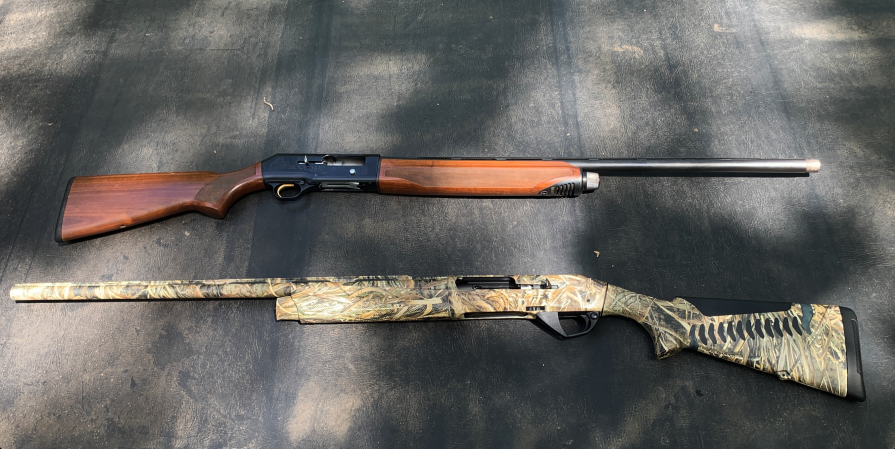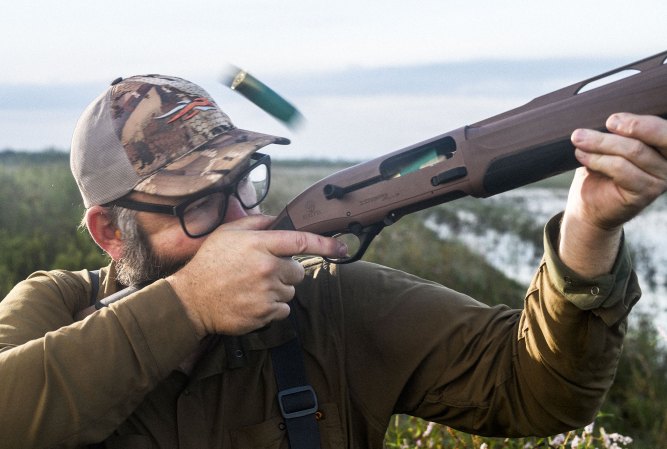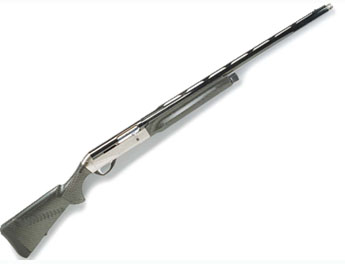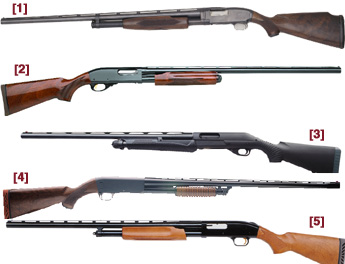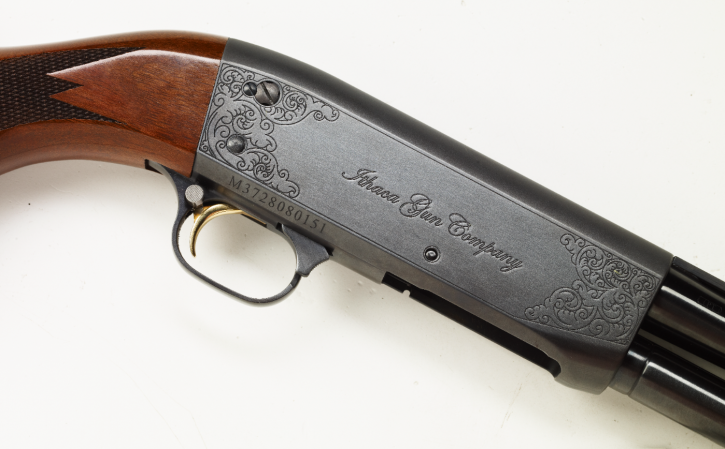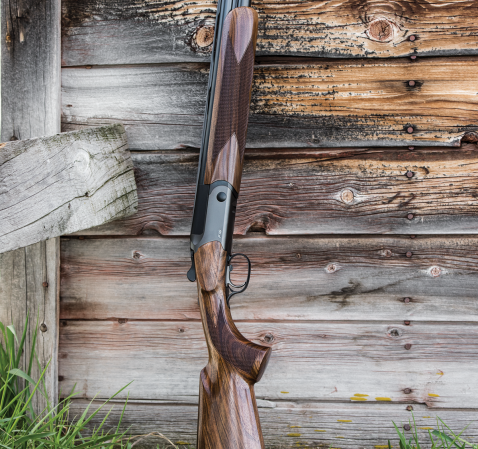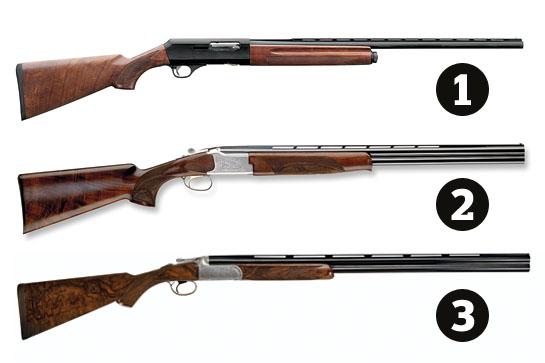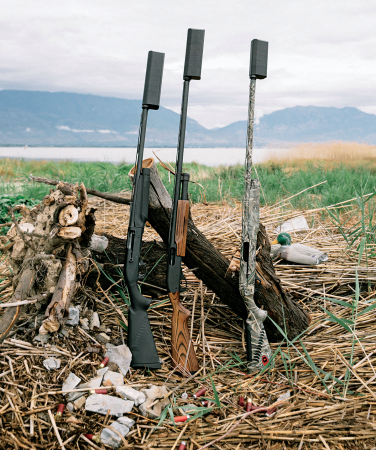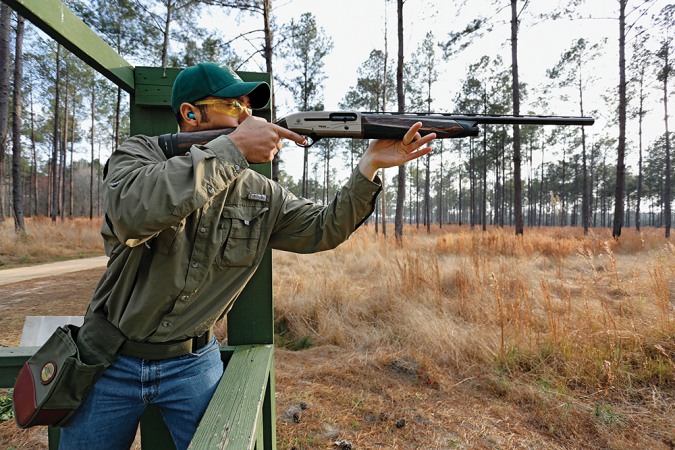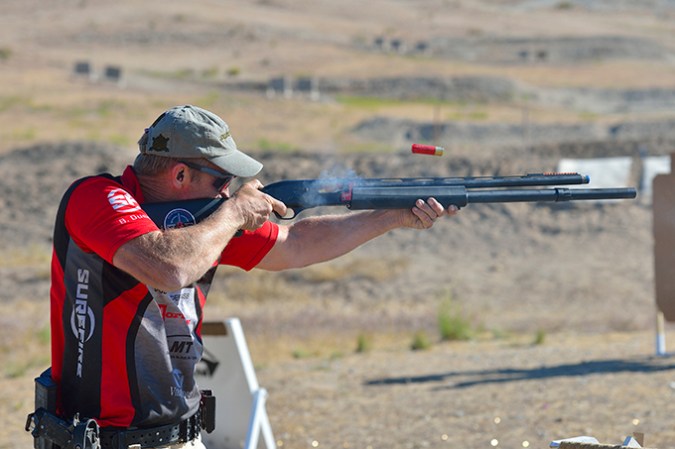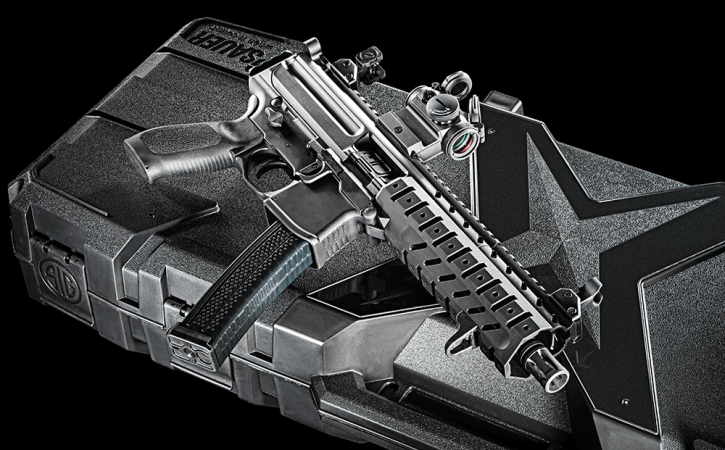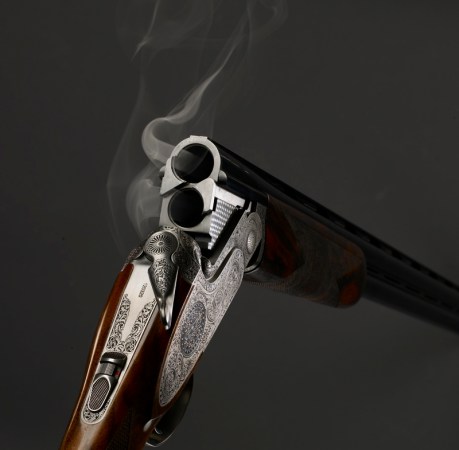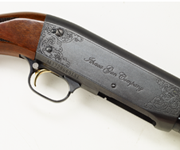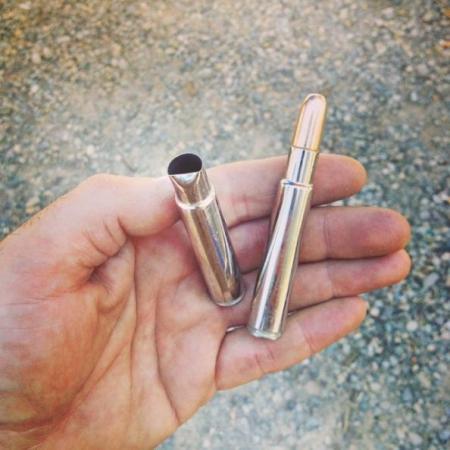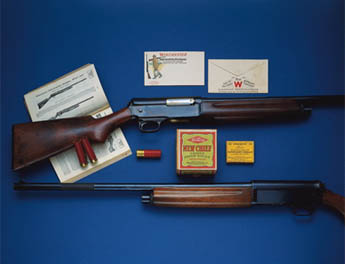We may earn revenue from the products available on this page and participate in affiliate programs. Learn More ›
The 12-gauge shotgun is the most versatile tool for close-range hunting, survival, and self-defense. It can be used to ethically hunt deer with a slug beyond 100 yards (with a scope), kill small game if you’re lost in the backcountry and run out of food, or stop an intruder during a home invasion. But there are ongoing, passionate debates among shotgun aficionados on whether the semi-auto or pump is the best all-around platform. There are valid arguments for both operating systems—the Benelli M3 Super 90, a hybrid pump and semi-auto, ends them all.
Pump advocates will say that if the gun’s purpose is self-defense, then its most important attribute must be reliability. Most folks concede a good pump that functions beats the best semi-auto in this regard. On the other hand, semi-auto loyalists claim that a clean auto-loader is far more advantageous in rate-of-fire and recoil mitigation, which trumps any slight disadvantage in reliability.
But it’s not always possible to keep your shotgun clean, plus if you’re using light loads it can be difficult for a semi-auto to reliably cycle those shotshells, particularly inertia-driven guns that use the recoil a shotshell produces when fired to work the action of the gun.
The M3 ends the debate with the simple flip of a latch on the fore-end that switches the shotgun from semi-auto to pump. If you find yourself in a situation where you need multiple rapid-fire shots, the M3 is up to the task. If you need reliability, just switch it over to a pump. The M3 can perform in more scenarios than any other shotgun on the market because it is equal parts pump and semi-auto.
Benelli’s M3 Is the Most Versatile Shotgun Platform

Benelli’s M3 Super 90 is an updated version of the original M3, first introduced in 1989. In essence, it’s a combat-oriented shotgun with a 3-inch chamber that can be swapped from semi-auto to pump in seconds without tools. Think of it as a top-end semi-auto with an emergency switch.
For times when you’re shooting standard or heavy loads, the M3’s inertia, semi-auto action functions damn-near flawlessly. But when reduced recoil loads or less-than-lethal shotshells are needed, the shotgunner only needs to rotate a lever located between the fore-end and the magazine cap. This movement unlocks the fore-end and engages the action rods of the pump system, instantly converting the M3 to a pump action.
Returning the lever disengages the action bars, locks the forearm and allows the inertia recoil system to function as a semi-auto where the shooter gains significant recoil mitigation inherent in semi-autos, an advantage that is frequently undervalued, especially when using slugs or during long training sessions. While the M3’s recoil mitigation isn’t quite on par with the heavier, gas-operated M4, there’s no question its inertia action runs much cleaner.
Benelli’s M3 By the Numbers
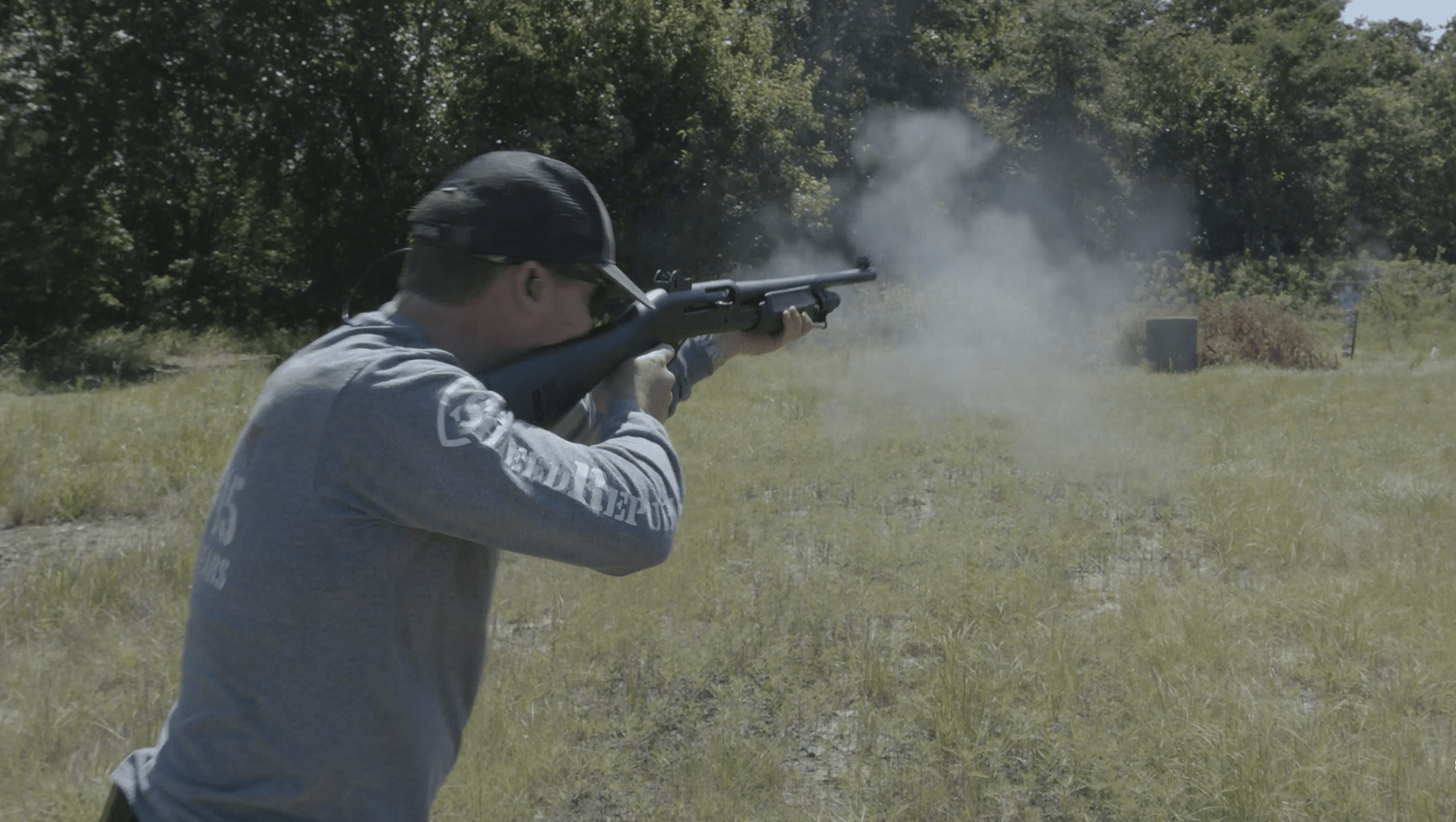
Benelli’s M3 is one of the greatest 12-gauge tactical shotgun ever built. It gives you all the advantages of a semi-auto with the assured reliability of a pump. It’s also competitively priced when you put it up against other well-built self-defense shotguns. It’s not an inexpensive gun by any means, but when you consider it functions as a semi-auto and pump, the price tag ($1,599) is more than worth it. Here’s a look at the M3’s spec chart:
- Gauge: 12
- Chamber: 3-inch
- Barrel Length: 19.75 inches
- LOP: 14 3/8 inches
- Sights: ghost ring
- Trigger pull: 5.14 pounds
- Safety: Trigger-guard mounted crossbolt
- Finish: Matte black
- Overall length: 41”
- Gun Weight: 7.2 pounds
- Mag Capacity: 5 rounds
- MSRP: $1,599
The M3’s Operating System
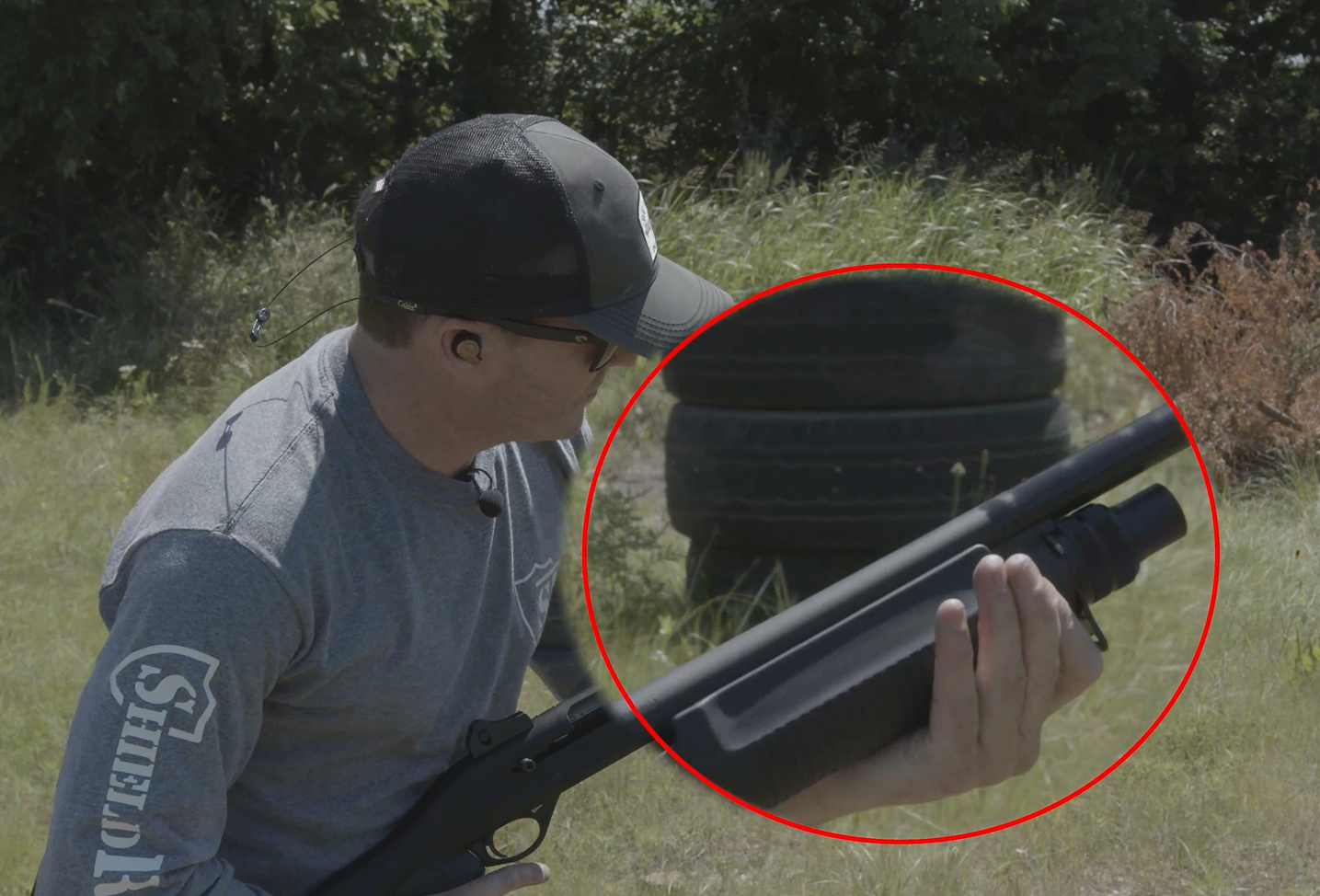
Bruno Civolani invented Benelli’s trademarked inertia system, although the company’s specific patent, No. 4604942, was granted to Paolo Benelli in 1986, three years after Beretta purchased Benelli. The inertia-action concept was an advancement from the Swedish Sjögren shotgun first made in 1908, which failed to garner popular appeal. It was later used effectively by Franchi, but it was the marketing efforts of Benelli during the 1990s that really made shooters aware of its effectiveness. Here is how it works:
A floating bolt featuring a rotating bolt head locks onto the gun’s steel barrel extension to seal the chamber. When fired, recoil sends the gun (barrel, aluminum receiver, and stock as one unit) backward, while the heavy bolt tries to remain at rest—hence the term “inertia.” After a split second of rearward-moving force around it, however, a stout spring within the bolt body compresses to a maximum of 4 millimeters. When it rebounds, it pushes the bolt head forward (even as the gun is traveling backward under recoil), unlocking its bite on the barrel extension and subsequently succumbing to the rearward momentum of recoil. As it moves backward, it extracts the shell from the chamber and ejects it while the bolt’s travel continues to compress a recoil spring inside the buttstock.
Once this spring bottoms out, it returns the bolt forward to the chamber, but not before it picks up another shell from the carrier and shoves it into battery. The whole process happens in about .5 seconds. There are fast shooters who can actually shoot five shells before the first hull lands on the ground. It’s a pretty impressive system that countless gun manufacturers have tried to emulate, but none has done it as well as Benelli.
The genius of inertia-driven guns is they require no gas ports to foul, no moving barrels (like long-recoil actions), and they have fewer moving parts to wear out and break. Gas and grime from the shell are blown out of the muzzle rather than cycled back through gas ports and into the action like in gas guns. As a result, well-made Italian inertia guns are incredibly reliable. Benellis can shoot 2¾-, 3-inch, and 3½-inch shells in any order without adjustment. It’s also faster cycling than most gas actions, a trait that allowed Tom Knapp to hit 10 flying clays with an M2 Super 90 in 2.2 seconds. Inertia guns are also light thanks to the simplicity of the parts that make up the gun. If you field strip a Benelli there’s not much to them.
Benelli Built the M3 to a High Standard
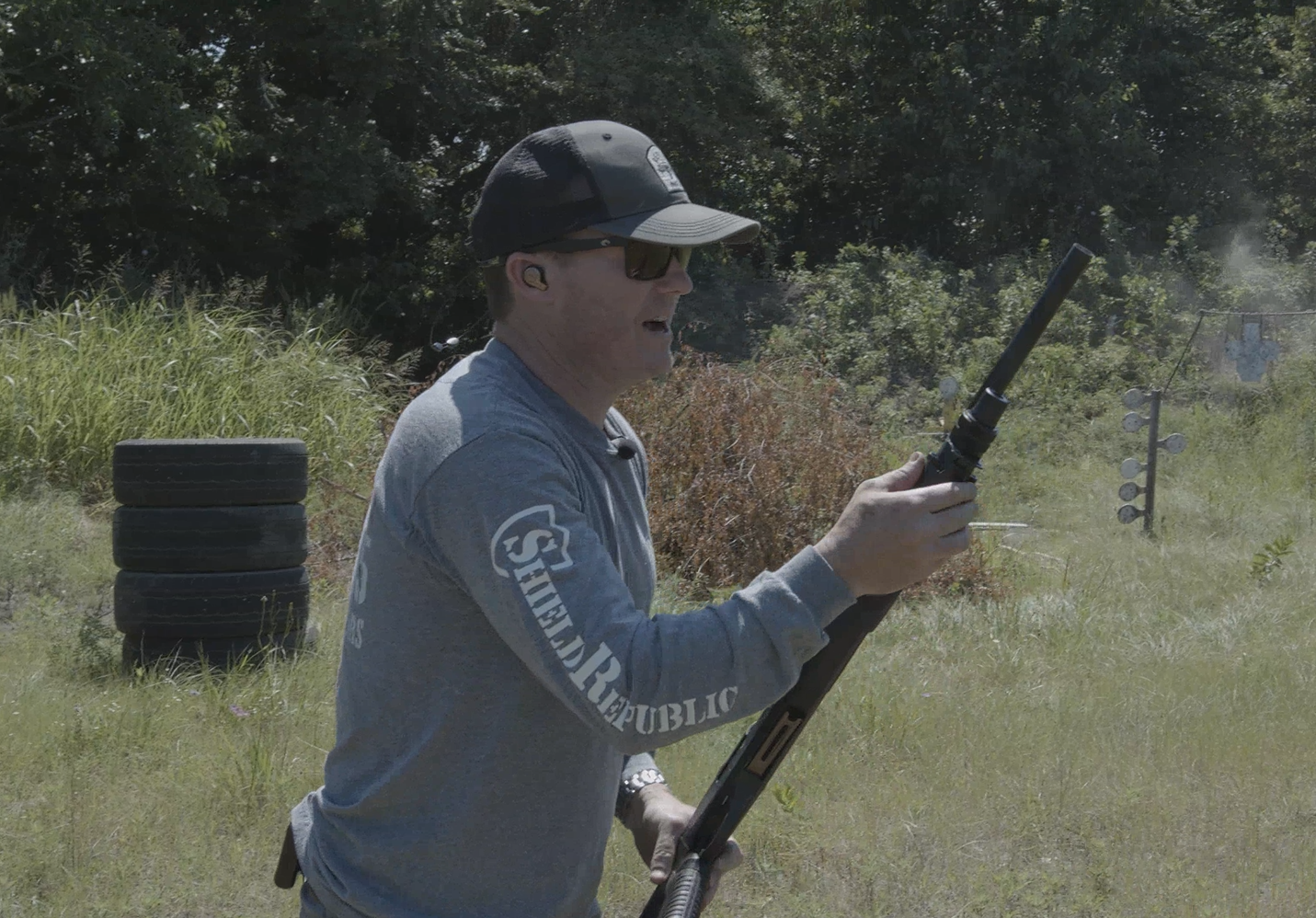
Benelli’s M3 Super 90 comes with every feature you could want in a top-end combat shotgun with the exception of its five-round magazine (this is due to American importation laws, but mag tube extensions can be purchased through Benelli or third-party manufacturers). The M3 was built with a 19.75-inch cylinder choke barrel, and a magazine cut-off button so the shooter can directly chamber a specific round without having to cycle through the entire magazine.
The balance and ergonomics of this gun make it easy to shoot instinctively regardless of how you are using it. It’s slim and fairly light (7.2 pounds), which makes it easy to handle, a staple of Benelli guns.
It’s also incredibly versatile. I was able to hit close-range clay pigeons with bird shot and steel targets out to 100 yards with slugs. I can hunt whitetails with it or defend my home. And though it’s not meant to be an upland or waterfowl gun, I could shoot pheasants and ducks with the M3 if I removed the ghost ring sights, though I am sure I’d get plenty of odd looks from other hunters.
You can buy the M3 in a Combat version with a rubber-coated pistol-grip stock for one-handed, non-slip control. The gun is lightweight enough that most can hold it to their shoulder with one hand and make an accurate shot in a home-defense scenario. And a full-size, full-contour buttstock greatly enhances your accuracy while mitigating recoil.
The gun is available with a fiber-optic front-sight-only or ghost rings. I’m more of a simple bead sight guy, but the M3 is designed for combat where both less-than-lethal and slug loads could be used, so the ghost ring sights are more beneficial.
Read Next: Why the 20 Gauge is Plenty of Gun for Home Defense
Putting the M3 to the Test
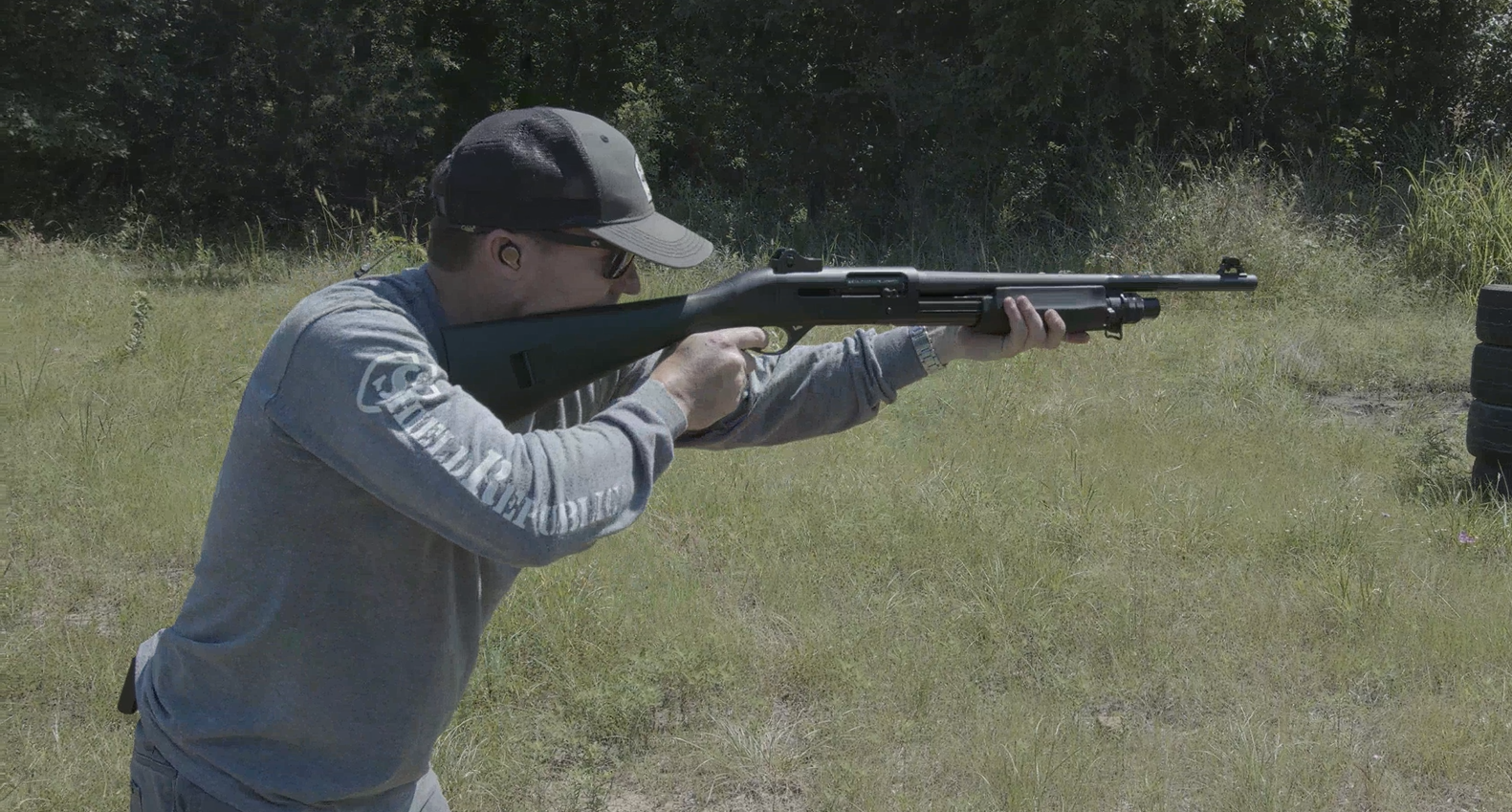
After running 500 rounds through the M3, I had a few expected jams—all of which I experienced while shooting the gun in semi-automatic using very light 1-ounce target loads. When I experienced a malfunction, I just switched to pump mode with my support hand, cleared it with a firm pump and fired the rest of the loads without issue.
You will experience less recoil when using the M3 as a semi-auto, thanks to the natural mitigating action of the internal springs. I love the rubber overmolding on the grip that helps keep your shooting hand firmly in place, even in the sweaty summer heat. The M3’s short barrel (19¾ inches) and overall length of 41 inches make it easy to handle in tight places.
The only real negatives of the M3 are on the exterior of the gun. There is no rail on the fore-end to mount a light. In most self-defense situations, you’re going to want a light on your gun, because even though most home break-ins occur during the day, you are more likely to be in the home (sleeping) if one occurs at night. In that case, a light is highly beneficial. Even though the gun is light enough to hold with one hand, so you could have a flashlight in the other hand, I’d rather have more control with my second hand on the fore-end, which I could do with a mounted light. Also, there are no oversized controls with this gun. The loading gate is standard size, and so is the bolt-release button, which you can certainly upgrade with an aftermarket slammer button. Lefties will need to reverse the safety as the M3 doesn’t come in a left-handed model. And I would argue that a tang-mounted safety would make this gun (and all self-defense shotguns) slightly easier to shoot, but Benelli has long positioned its cross-bolt safety at the rear of the trigger group, so you will just have to make do.

